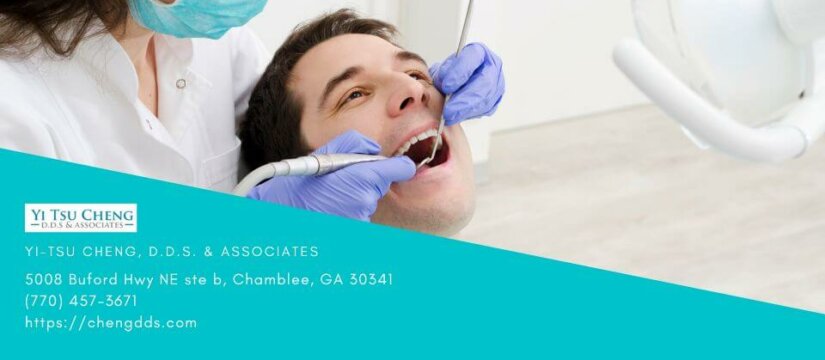
Possible article:
Images of Infected Tooth Extraction: Understanding the Procedure and Risks
Images of infected tooth extraction may be unsettling but they can also be informative. By seeing what happens during this common dental surgery, you can better understand why it may be necessary, what to expect during and after the procedure, and how to reduce the risks of complications. In this article, we will explore some of the most frequently asked questions about infected tooth extraction, backed by relevant images and expert advice.
H2: What is Infected Tooth Extraction?
Infected tooth extraction is a dental procedure that involves removing a tooth that has become infected or damaged beyond repair. The most common reason for extraction is severe tooth decay, which can lead to abscesses, gum disease, and other complications that can spread to other parts of the body. Other reasons for extraction include trauma, impaction, and crowding. In some cases, a dentist may recommend extracting a tooth that is not yet causing problems but is at risk of doing so in the future.
H3: How is Infected Tooth Extraction Performed?
Infected tooth extraction typically involves four basic steps:
1. Numbing the area: Your dentist will numb the affected area with a local anesthetic to reduce pain and discomfort during the procedure.
2. Accessing the tooth: Your dentist will then use special tools to reach the tooth and expose it.
3. Removing the tooth: Your dentist will then use forceps or other instruments to gently loosen and extract the tooth from its socket.
4. Closing the wound: Your dentist will then clean the area, remove any debris or infection, and stitch up the wound if needed.
H4: What Should I Expect During and After Infected Tooth Extraction?
During the procedure, you may feel some pressure, pulling, or tugging, but it should not be painful. If you do feel pain or discomfort, tell your dentist right away. After the procedure, you may experience some swelling, bleeding, or bruising, which should subside within a few days. Your dentist may recommend using a cold compress, taking pain medication, and avoiding certain foods and drinks while you heal. It may take several weeks or more for the area to fully heal and for a replacement tooth to be implanted, if necessary.
H5: What Are the Risks of Infected Tooth Extraction?
Infected tooth extraction is generally considered safe and effective, but there are some risks and complications that can occur, such as:
– Infection: If bacteria enter the wound or if you have an impaired immune system, you may develop an infection that can spread to other parts of your body.
– Bleeding: If your blood does not clot normally, you may experience excessive bleeding during or after the procedure.
– Nerve damage: If the tooth is close to a nerve that controls sensation or movement in your face or mouth, it may be accidentally damaged during the extraction, leading to numbness, tingling, or weakness.
– Sinus problems: If the tooth is in your upper jaw, it may be near your sinus cavity, and removing it may create a hole that can cause sinus infections, complications, or discomfort.
H2: FAQs
Q: How long does infected tooth extraction take?
A: The time it takes to extract an infected tooth depends on various factors, such as the location and complexity of the tooth, your overall health, and your dentist’s technique. On average, the procedure can take between 20 minutes and an hour.
Q: Can infected tooth extraction be done under general anesthesia?
A: Yes, in some cases, especially if you are extremely anxious or have a complex or challenging extraction, your dentist may recommend giving you general anesthesia, which will put you to sleep during the procedure. However, this option may require more preparation and monitoring, and may be more expensive.
Q: Is infected tooth extraction covered by insurance?
A: Most dental insurance plans cover some or all of the cost of infected tooth extraction, depending on the plan’s benefits and limits. It’s important to check with your plan’s administrator to see what’s covered and what you may have to pay out of pocket.
Conclusion
Images of infected tooth extraction may make you cringe, but they can also help you understand why this dental procedure is sometimes necessary, what the risks and benefits are, and how to prepare for it. If you have an infected tooth that needs extraction, consult your dentist to discuss your options and to address any concerns you may have. With proper care and follow-up, you can recover from this procedure and enjoy better oral health.
DISCLAIMER: The advice offered is intended to be informational only and generic. It does not offer a definitive diagnosis or specific treatment recommendations for your situation. Any advice provided is no substitute for proper evaluation and care by a qualified dentist.
